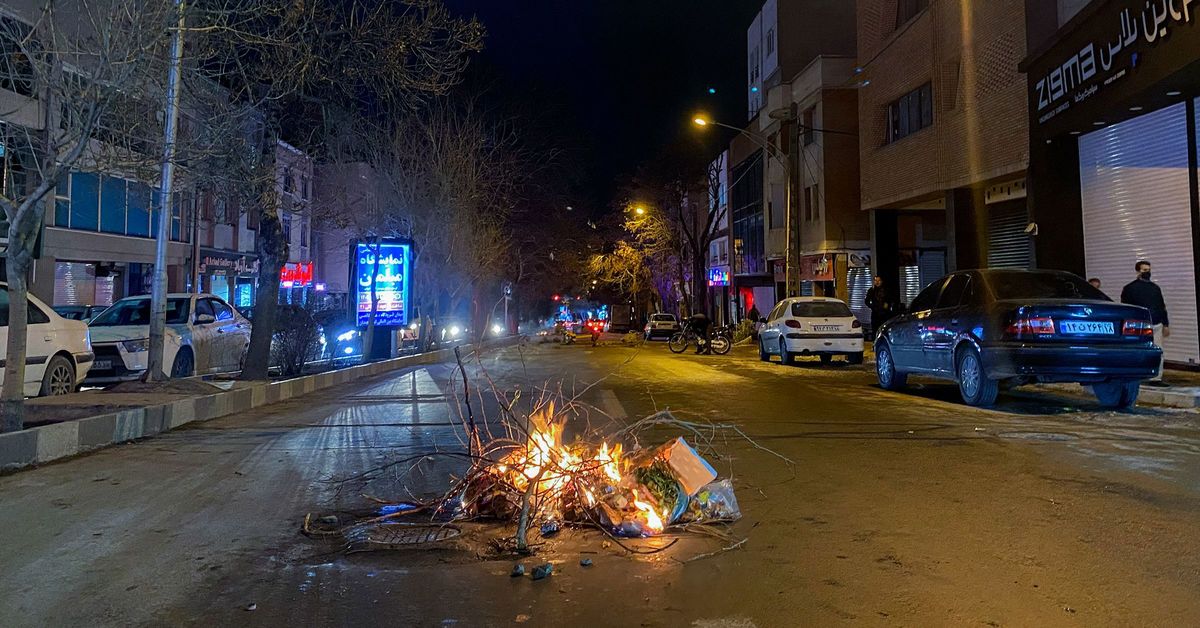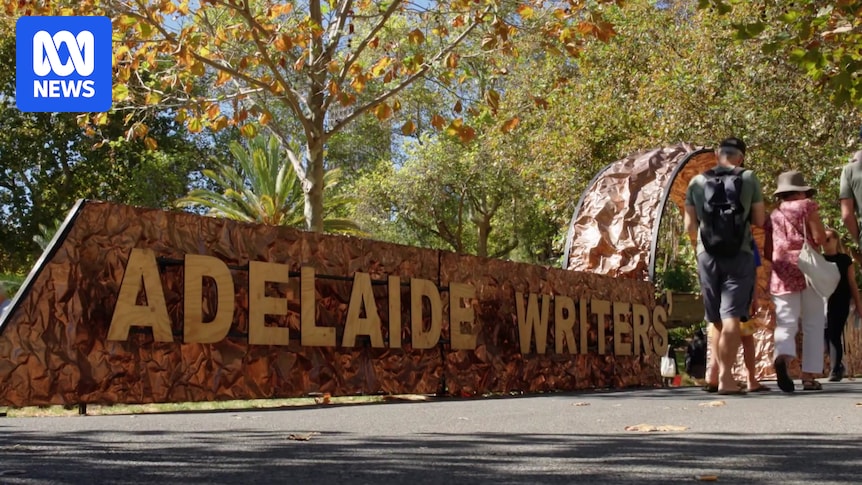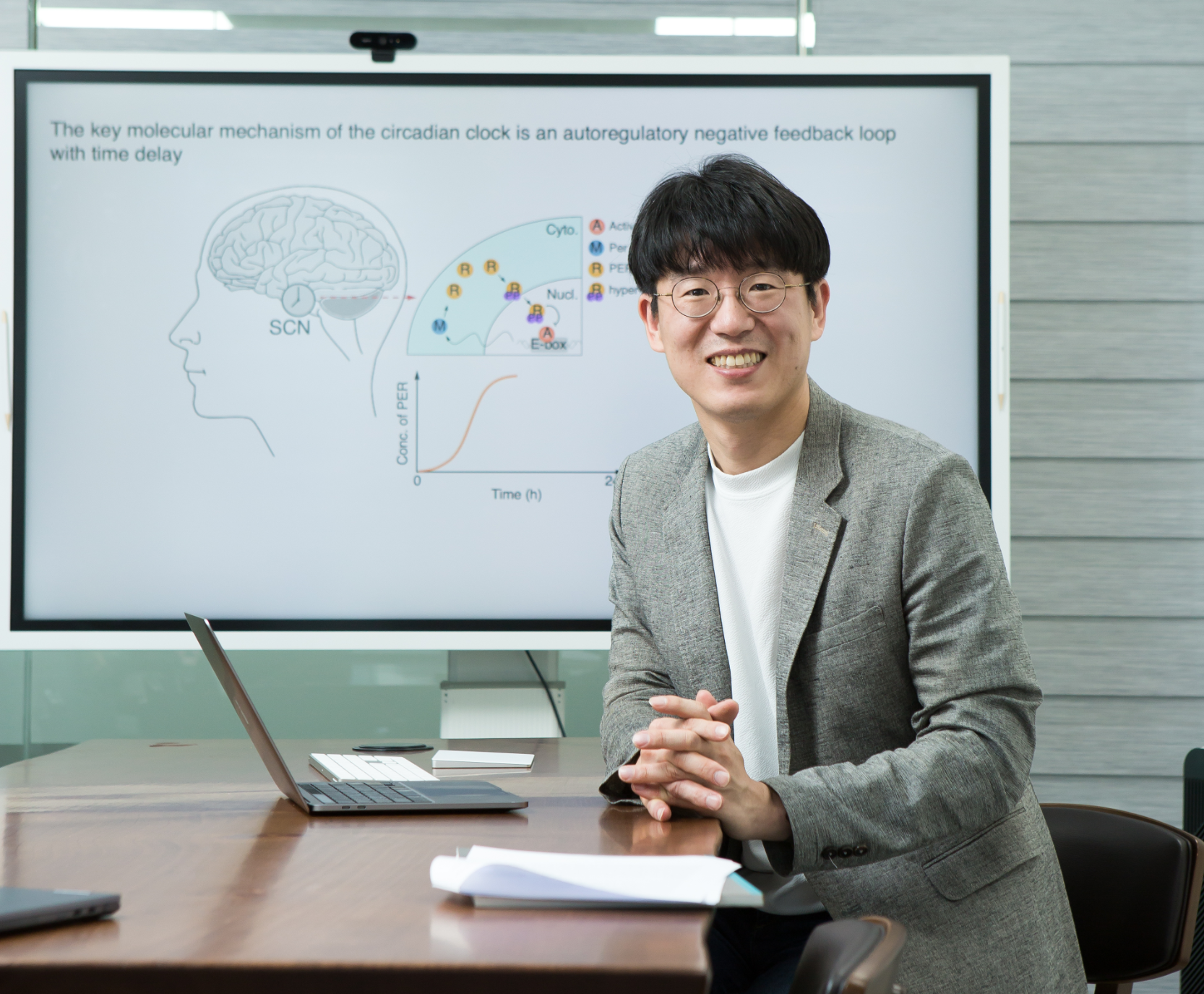
A pioneering research team from the Graduate School of Artificial Intelligence at UNIST, led by Professor Jaejun Yoo, has unveiled a cutting-edge artificial intelligence model named ‘BF-STVSR (Bidirectional Flow-based Spatio-Temporal Video Super-Resolution).’ This innovative model is designed to enhance both the resolution and frame rate of videos simultaneously, marking a significant advancement in video restoration technology.
Resolution and frame rate are pivotal in determining the quality of video content. Higher resolution provides sharper and more detailed images, while an increased frame rate ensures smoother motion, minimizing abrupt jumps that can disrupt viewer experience. Traditionally, AI-driven video restoration methods have tackled resolution and frame rate improvements separately, often relying on pre-trained optical flow prediction networks for motion estimation. Optical flow is a technique that calculates the direction and speed of object movement to create intermediate frames. However, this method involves complex computations and is prone to errors, which can degrade both the speed and quality of video restoration.
Revolutionizing Video Restoration
In contrast, the ‘BF-STVSR’ model employs signal processing techniques specifically tailored to video characteristics. This allows the model to independently learn bidirectional motion between frames, eliminating the need for external optical flow networks. By jointly inferring object contours and motion flow, the model enhances both resolution and frame rate in tandem, leading to more natural and coherent video reconstruction.
When applied to low-resolution, low-frame-rate videos, the AI model demonstrated superior performance over existing models. This was evidenced by higher scores in Peak Signal-to-Noise Ratio (PSNR) and Structural Similarity Index (SSIM). Elevated PSNR and SSIM values indicate that even videos with significant motion retain clear, undistorted human figures and details, producing more realistic results.
Potential Applications and Expert Insights
Professor Jaejun Yoo highlighted the broad range of applications for this technology. “This technology has broad applications, from restoring security camera footage or black-box recordings captured with low-end devices to quickly enhancing compressed streaming videos for high-quality media content. It can also benefit fields such as medical imaging and virtual reality (VR),” he explained.
The research, led by first author Eunjin Kim with Hyeonjin Kim as co-author, has been accepted for presentation at the 2025 Conference on Computer Vision and Pattern Recognition (CVPR). This conference, one of the most prestigious in the field of computer vision, will be held in Nashville, USA, from June 11 to 15. CVPR received 13,008 submissions, with only 22.1% (2,878 papers) accepted, underscoring the significance of this achievement.
Support and Future Implications
The project received support from the Ministry of Science and ICT (MSIT), the National Research Foundation of Korea (NRF), the Institute for Information & Communications Technology Planning & Evaluation (IITP), and the UNIST Supercomputing Center. This backing highlights the importance of the research and its potential impact on various industries.
The introduction of ‘BF-STVSR’ represents a significant leap forward in video restoration capabilities. As video content continues to dominate digital media, advancements like these are crucial for improving user experience and expanding the potential uses of video technology. The model’s ability to enhance video quality in real-time could revolutionize sectors ranging from entertainment to security, offering new possibilities for content creation and consumption.
Looking ahead, the research team at UNIST plans to further refine the model and explore additional applications in diverse fields. With its successful debut, ‘BF-STVSR’ sets a new benchmark for video enhancement technology, promising to transform how we perceive and interact with video content in the digital age.







